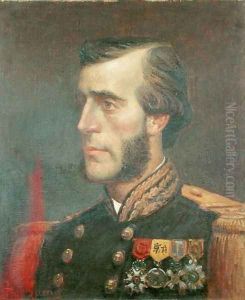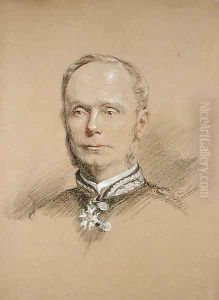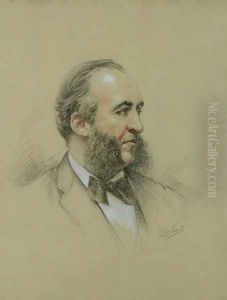Paul Sarrut Paintings
Paul Sarrut was a French artist and engraver born in 1862 in Saint-Étienne, France. He was known for his work as an illustrator and graphic artist, which included a variety of subjects and methods of reproduction. Sarrut's career spanned the turn of the century, a period that saw significant changes in the world of art and the technology used to produce and disseminate images.
Sarrut’s early life and education remain relatively obscure, but it is known that he moved to Paris to pursue his artistic career. This was a common path for many provincial artists who were drawn to the capital by its vibrant artistic community and the opportunities it offered. Sarrut became part of the Parisian art scene, which at the time was buzzing with new art movements such as Impressionism and later on, the avant-garde movements.
During his career, Paul Sarrut produced illustrations for books, journals, and newspapers. He excelled in the use of engraving techniques, which allowed for the mass production of images. His work reflects the various styles and tastes of his era, ranging from traditional subjects to more modern themes. He worked during a time when the arts were undergoing a transformation, with the advent of new printing techniques that facilitated the reproduction of images and their distribution to a broader public.
The details of Sarrut’s personal life, including his artistic training and associations, are not well-documented. However, his contributions to the graphic arts are evident in the illustrations and prints that have survived. His work provides insight into the popular culture of his time and the evolution of graphic design and illustration techniques.
Paul Sarrut continued to work into the 20th century, adapting to the changing times and tastes. He passed away in 1946, leaving behind a body of work that contributes to our understanding of the graphic arts during a pivotal period in French art history. His illustrations remain a testament to the skill and versatility of artists during the Belle Époque and the interwar period in France.


